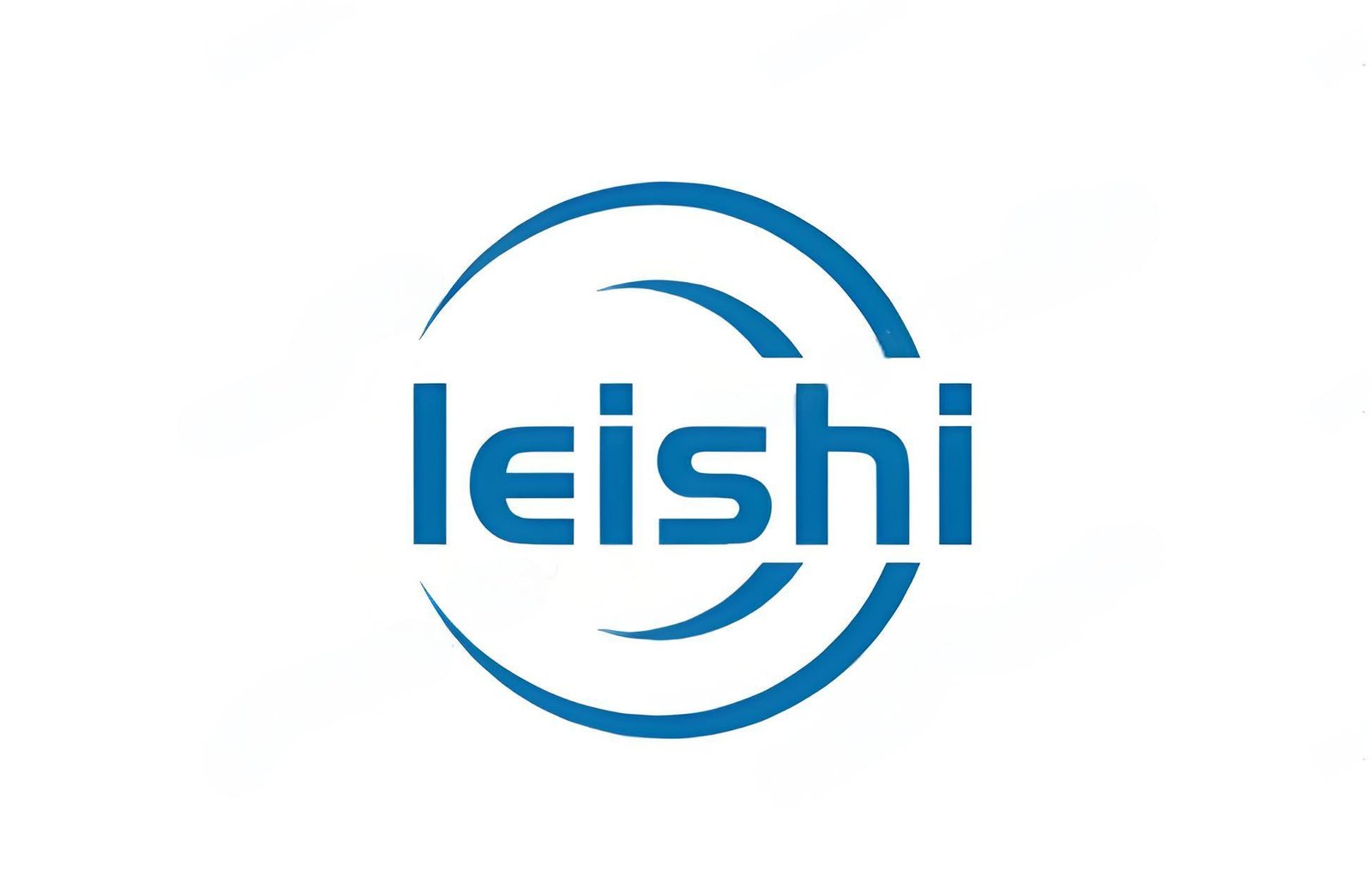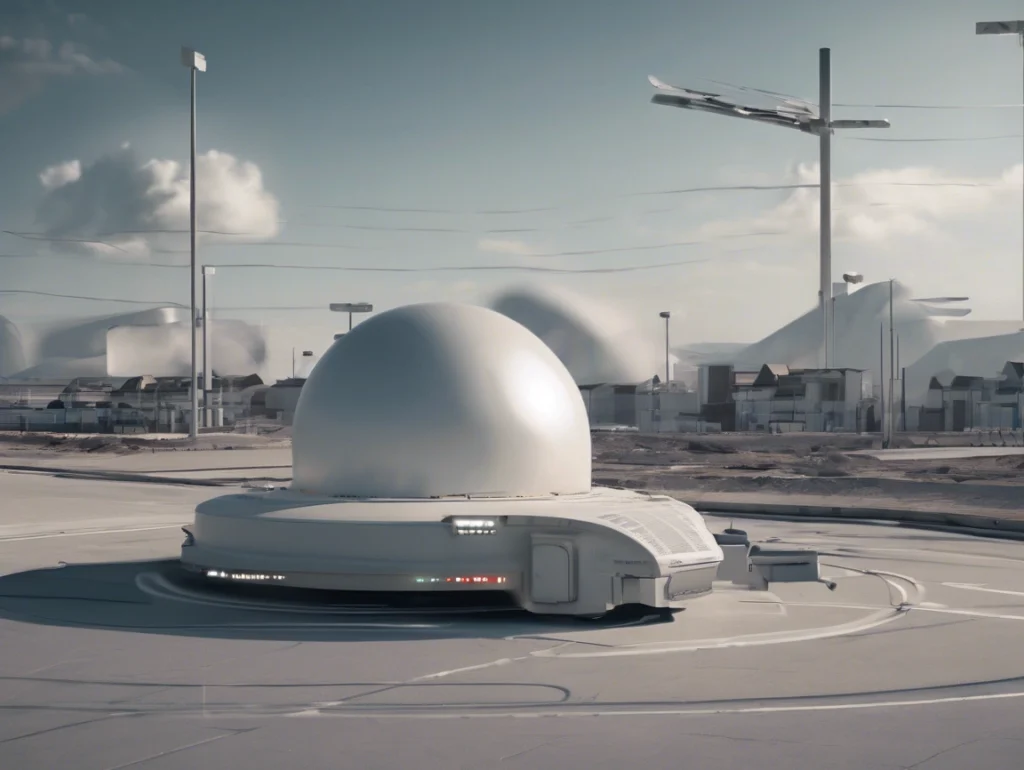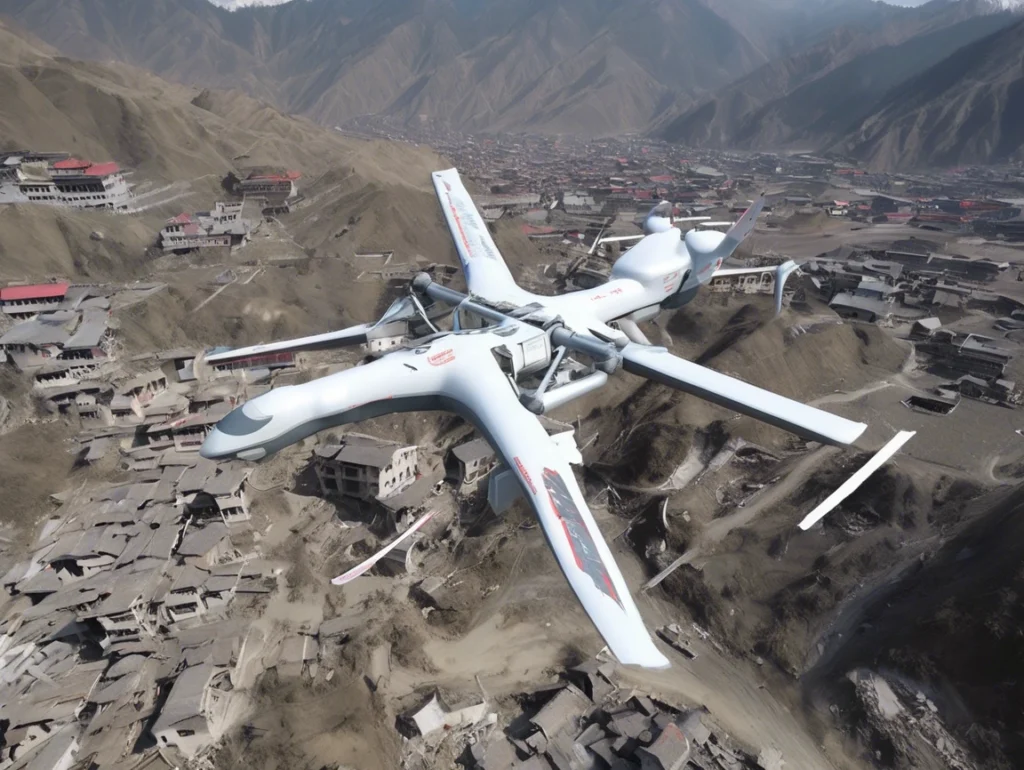In today’s era of vigorous development of science and technology, UAV technology is changing with each passing day, and its application fields are constantly expanding. The UAV two-axis 3-light pod, as a key component in the UAV system, is becoming the right-hand man of many industries with its excellent performance and unique functions, just like installing the intelligent “eyes” for the UAV, opening a new air monitoring and operation mode.
First, technical analysis: the perfect integration of precision optics and stability system



(1) Core components of optical equipment
Visible light camera: The visible light camera is the basic vision unit of the pod, carrying the heavy duty of obtaining high definition color images under normal lighting conditions. Its pixel level continues to climb, and today many advanced pods carry visible light cameras with tens of millions of pixels. This means that it can accurately capture the subtle features of the target object, whether it is a tiny flaw in the surface of a city building, or the unique texture of a wild animal or plant. In practical applications, high-resolution visible light images provide rich and intuitive visual information for subsequent analysis and help staff make accurate judgments.
Infrared thermal imaging cameras: Infrared thermal imaging cameras break through the limitations of light conditions, based on
The principle of thermal radiation of objects works. Any object above absolute zero radiates infrared light outward, and infrared cameras create images by detecting this infrared light. In dark nights, smoke-filled fire scenes or dusty environments, visible light cameras often struggle to function, but infrared cameras can easily penetrate obstacles and clearly distinguish the target object. In security monitoring, it can quickly identify the heat source signal of personnel or vehicles hidden in the dark, and in industrial testing, it can timely discover the abnormal heat area caused by equipment failure and warn potential risks in advance. Laser rangefinder: Laser rangefinder uses the principle of laser beam emission and reflection to achieve fast and accurate measurement of the distance between the drone and the target object. The working process is based on the constant speed of light and the accurate determination of the round trip time of the laser, by calculating the time difference between the laser from transmission to reception, and combining the speed of light formula to obtain the accurate distance value. The range accuracy of the laser rangefinder can reach the centimeter level, and the measurement range ranges from tens of meters to thousands of meters. In scenarios such as measuring the safe distance between transmission lines and surrounding trees and buildings in power inspection, or determining the vertical height of drones and the ground in terrain mapping, accurate distance data provided by laser rangefinders plays a key role.
(2) Stable two-axis platform
The two-axis platform is the core support to ensure the stable operation of the three optical devices. These two axes control the rotation of the pod in the horizontal (azimuth axis) and vertical (pitch axis) directions, respectively. During the flight of UAV, due to the disturbance of air flow, the change of attitude and other factors, the body will inevitably produce turbulence and shaking. At this time, the two-axis stabilization platform can sense the attitude change of the UAV in real time by relying on the built-in high-precision gyroscope, accelerometer and other inertial sensors. Based on these perception data, the platform quickly drives the motor for reverse compensation adjustment, ensuring that the visual axis of the three optical devices is always stably pointed at the target, effectively avoiding problems such as image blur and target loss, and providing a stable and high-quality data foundation for subsequent analysis and application.
Second, application scenarios: multi-field right-hand man
(1) The field of power inspection
In the huge power system maintenance work, the UAV two-axis 3-light pod plays an irreplaceable role. The visible light camera can carry out a detailed appearance inspection of the transmission line, and clearly find whether the line is worn and broken, whether the insulator is aging and damaged, and whether there are foreign objects such as bird’s nests on the line. The infrared thermal imaging camera focuses on monitoring the temperature change at the line connection, and once the temperature is found to be abnormally high, it will immediately issue an alarm, indicating the possible hidden dangers such as poor contact and excessive resistance, and striving for valuable troubleshooting and repair time for power maintenance personnel. The laser rangefinder accurately measures the distance between the line and surrounding trees, buildings and other objects, and determines whether it is in the safe range, effectively preventing accidents such as discharge and short circuit caused by too close a distance, and comprehensively protecting the stable operation of the power system. Compared with the traditional manual inspection method, the inspection efficiency of the UAV equipped with two-axis 3-light pod is greatly improved, and the inspection personnel can avoid the risk of high-altitude operation.
(2) Environmental monitoring
In environmental protection work, the UAV two-axis 3-light pod also performs well. In terms of forest fire prevention monitoring, visible light cameras always pay attention to whether there are illegal activities or abnormal situations in the forest area; The infrared thermal imaging camera can detect the hidden points that may cause fire due to high temperature in advance, such as spontaneous combustion inside trees, heating of underground coal seams, etc. The laser rangefinder helps to draw a detailed forest map, measure the distance between different areas, and provide accurate data reference for the formulation of forest fire prevention plan and the layout of fire fighting facilities. In the water pollution monitoring, the visible light camera takes pictures of the water surface to observe whether there are signs of pollution such as garbage floating and water discoloration. The infrared camera detects the temperature change of the water body to determine whether there is industrial wastewater discharge, etc., which provides strong support for the environmental protection department to grasp the environmental pollution situation in time.
(3) Security monitoring field
In key scenarios such as urban security and border patrol, the UAV two-axis 3-light pod becomes an efficient “scout”. During the day, visible light cameras monitor the flow of people and vehicles in real time in areas such as streets and borders, and can quickly take high-definition pictures and transmit them back to the command center once suspicious behavior is found. At night or in a low light environment, the infrared thermal imaging camera begins to play a role, can clearly identify the target hidden in the dark, laser rangefinder is used to measure the distance between the target and the monitoring area border, provide accurate location information for security personnel, greatly enhance the comprehensiveness, timeliness and effectiveness of security monitoring, and build a solid defense line for the protection of social security and stability.
Third, market development: scale expansion and technological innovation parallel
With the increasing demand for efficient and accurate monitoring in various industries, the market size of UAV two-axis 3-light pods has shown a trend of continuous expansion. From a global perspective, the market size of UAV optoelectronic pods has risen steadily in recent years, and the global market size of UAV optoelectronic pods has reached 1.067 billion US dollars in 2023, and is expected to maintain a certain growth rate in the next few years. In China, the market size grew from 503 million yuan in 2017 to 985 million yuan in 2023, and is expected to reach 1.267 billion yuan by 2030.
Looking forward to the future, the UAV two-axis 3-light pod will develop in the direction of intelligence, miniaturization and high performance. In terms of intelligence, the pod will integrate more advanced artificial intelligence algorithms, which can automatically identify and track the target, analyze and process the collected data in real time, and provide users with more valuable decision-making recommendations. The miniaturization trend will enable the pods to be adapted to more types of drones, even small and micro drones, further expanding their application scenarios. High performance is reflected in the continuous improvement of the performance of optical devices, such as higher resolution cameras, longer distances and more accurate laser rangefinders, to meet the needs of increasingly complex and diverse applications.
With its unique technical advantages and wide application prospects, the UAV two-axis 3-light pod is gradually becoming an important force to promote the development of various industries. In the future, with the continuous progress of technology and the continuous expansion of the market, it will certainly show greater value in more fields, and bring more convenience and innovation to people’s production and life.
Discover more from SHENZHEN LEISHI SENSING OPTOELECTRONICS CO., LTD.
Subscribe to get the latest posts sent to your email.






